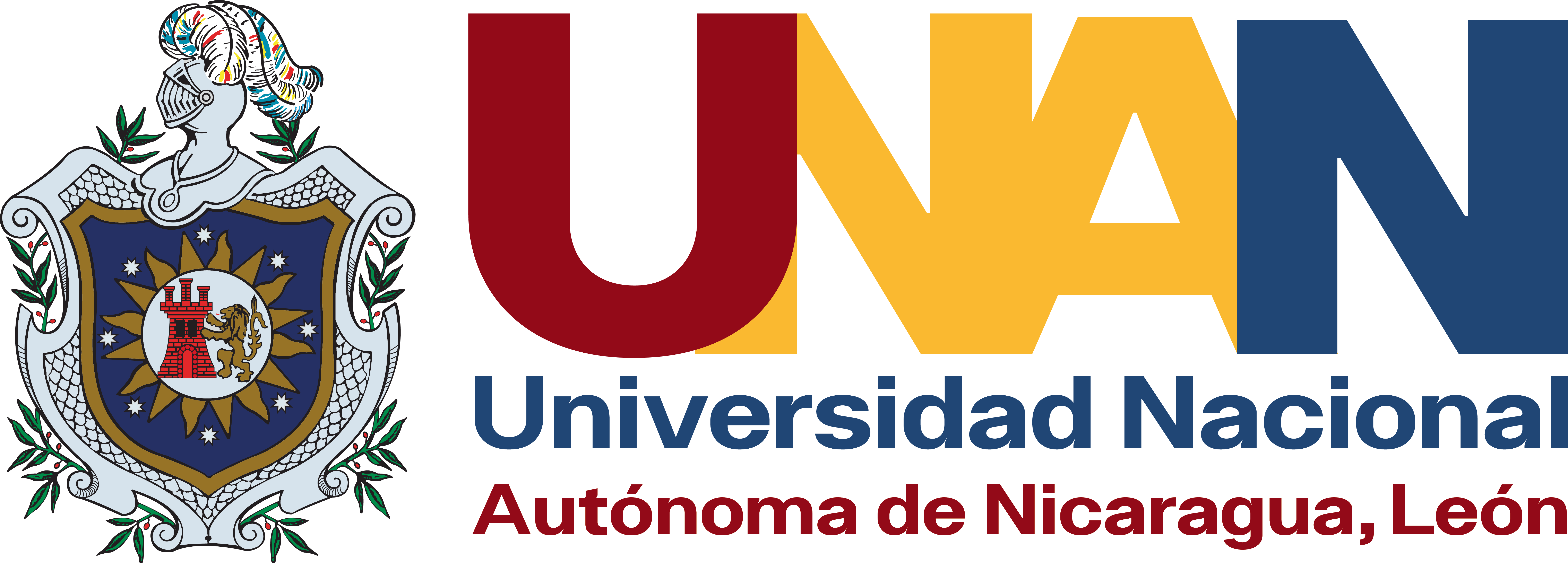Description of the biodiversity associated with the ecotourism trails of the genetic resources reserve of Apacunca
DOI:
https://doi.org/10.5377/universitas.v9i1.14157Keywords:
Reserve of genetic resources, Apacunca, Ecotourism trails, BiodiversityAbstract
The Genetic Resources Reserve Apacunca, is a protected place since 1996, its objective is to preserve a kind of corn: Zea Nicaraguan lltis & Benz, which is endemic to Nicaragua and is only found in this area. It is a plain of wetlands with a predominance of dry tropical forest and riverine forest. The park rangers and residents of the Reserve have identified and established trails or routes that cross the area for communication between communities, supply of goods, agricultural purposes, surveillance and other activities. Three three-day on-site visits were made to explore the trails and identify: The most representative species of flora and fauna. Appropriate places for bird watching. Areas for mating or nesting biodiversity and areas of rest, recreation and food. After touring the 3 routes: El Papalonal, El Guaco and Bird Watching Zone. The most common species observed were: 11 species of flora and 33 species of fauna.
Downloads
References
Grijalva, Pineda, Alfredo., (2005), Flora útil etnobotánica de Nicaragua / Alfredo Grijalva Pineda. --1a ed.-- Managua:MARENA, 2005. 290 p.: il. ISBN: 99924-903-8-1
Ruiz, Antonio. Mariscal, Teresa., (2003), Humedales de Nicaragua, consolidación del corredor biológico mesoamericano-GTZ, MARENA, Managua, 2003.
Selvam, V.(2007). Trees and shrubs of the Maldives. Trees and shrubs of the Maldives. RAP Publication No. 2007/12. FAO RegionalOffice for Asia and the Pacific, Bangkok, Thailand
Wittmann, F., Anhuf, D. & Junk, W.J. (2002). Tree species distribution and community structure of Central Amazonian várzea forests by remote sensingtechniques. Journal of Tropical Ecology. 18: 805-820. https://doi.org/10.1017/S0266467402002523
Convención de Ramsar, (2006). Manual de la Convención de Ramsar: Guía a la Convención sobre los Humedales (Ramsar, Irán, 1971), 4ta. edición. Secretaría de la Convención de Ramsar, Gland (Suiza)
Downloads
Published
How to Cite
Issue
Section
License
Copyright (c) 2018 National Autonomous University of Nicaragua - León

This work is licensed under a Creative Commons Attribution-NonCommercial-ShareAlike 4.0 International License.
Copyright © 2025 Universitas (León), Revista Cientifíca de la UNAN-León. Academic Direction. Research Department. Publication and Scientific Event Unit.










